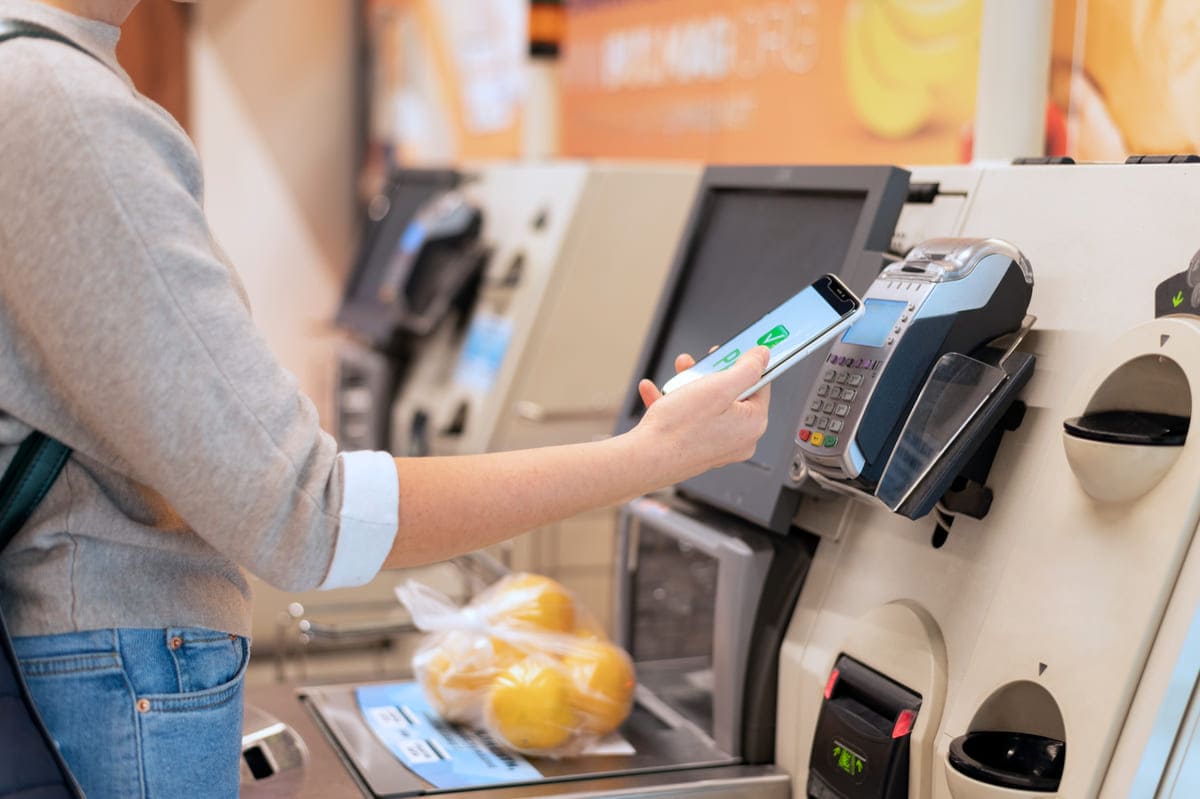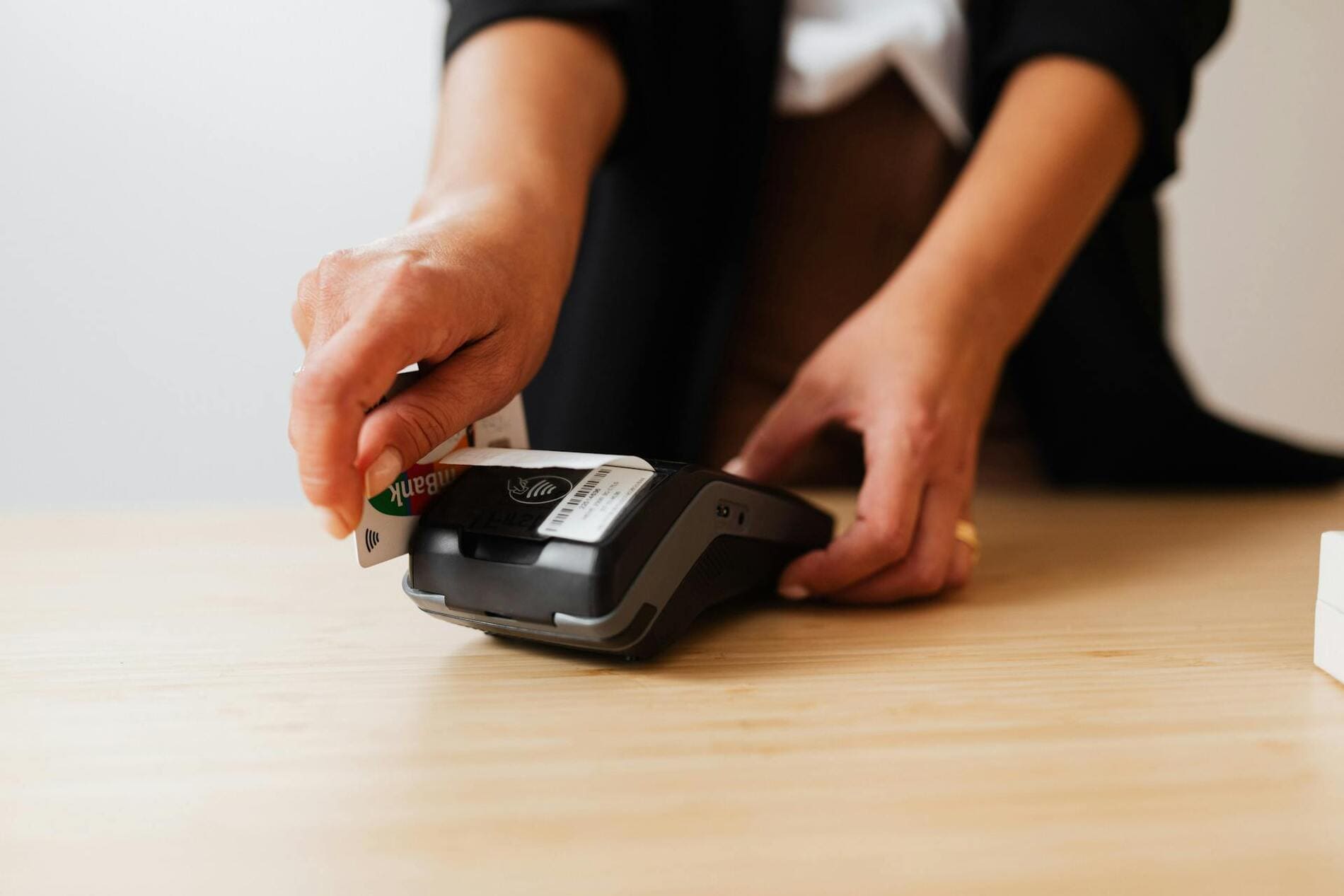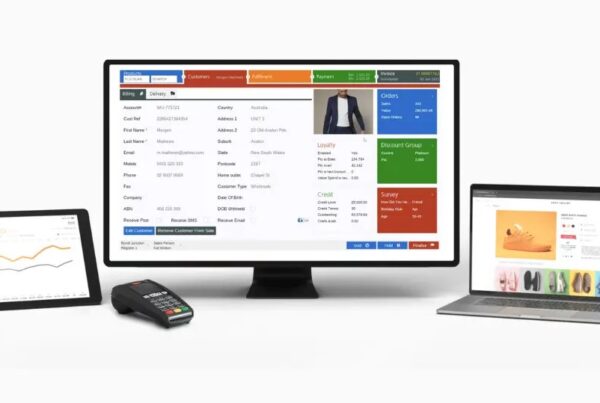Point of sale systems and payment terminals both refer to a collection of hardware devices that let merchants accept and process card transactions. However, they’re not the same.
Other than the commonality of card payment acceptance, these two solutions are distinct from each other in terms of functionality and costs. Merchants can choose to employ payment terminals as a standalone solution or integrate them with POS software to constitute a complete POS system for payment processing and operations management. Whether you use POS or terminals, you can gain huge advantages as long as they suit your business use cases.
As a result, understanding the differences between POS vs terminals is vital to making the right choices for your business improvement and cost optimization. Nevertheless, some merchants, especially new business owners, might get lost in the abundance of available information and struggle to find what’s best for them.
If that is the case, keep reading on to learn more about POS systems and terminals for proper decision-making.
What are the differences between a POS system vs payment terminal?
A payment terminal is different from a POS system. For example, Paymentsense has some card machines for retailers to choose from, but Paymentsense doesn’t have a complete POS. That is the reason why merchants need a POS with Paymentsense integration to enable customers to shop online and in-store with Paymentsense payment methods. The table below draws a distinction between POS vs terminals in terms of definition, components, key functions, pros, cons, and other important information.
POS systems | Payment terminals | |
Definition | A POS system is a combination of software and hardware devices to accept customer payments of all types and simplify business operations.
| Payment terminals are hardware devices specifically manufactured to accept and process card transactions such as EMV chip cards, credit, and debit cards. |
Components |
|
|
Key functions |
|
|
Role in payment process |
|
|
Pros |
|
|
Cons |
|
|
Cost | Depend on the available features, business scale, customer support, and pricing plans of POS providers | Subject to POS terminal types and pricing schemes of manufacturers |
Complexity |
|
|
Use case | Businesses with multiple sales channels and locations that need to manage various aspects besides processing sales | Small businesses with a focus on handling card payments in stores
|
Compare some popular POS payment terminals and POS systems
Unlike traditional POS which mainly processes payments, modern POS nowadays has more advanced functions to help merchants better manage their businesses like inventory management or customer loyalty programs. However, many retailers are unaware of this huge progress and still think that POS is used to take payments only, which sometimes makes it hard for them to distinguish between POS vs terminals when choosing a suitable solution for their businesses.
To reduce confusion, we compare the key features, pros, cons, and prices of the most popular POS systems vs payment terminals available on the market for your reference, including Stripe Terminal, Square Terminal, Magestore POS, and Lightspeed Retail. Let’s take a look!
Key features | Pros | Cons | Price | Best for | |
Payment terminals | |||||
Square
|
|
|
| $299 or $27/ month for 12 months and 2.6% + 10.5¢ per in-person transaction and 6% + 30¢ per Afterpay transaction | Businesses use Square payment processing services. |
Stripe
|
|
|
| $59 – $349 and 2.7% + 5¢ per transaction + 1.5% for international cards | Businesses already use Stripe to accept online payments. |
Adyen |
|
|
| - Contact for card terminal pricing details - Transaction fees depend on the region, including a fixed processing fee and payment method fee. | Businesses use Adyen payment processing services. |
Global Payments
|
|
|
| Contact for details | Businesses use Global Payments processing services |
Worldpay |
|
|
| Contact for details | Businesses use Worldpay processing services |
Tyro |
|
|
| Tyro Pro: $29/ month as rental fees Tyro Go: $59 as a one-off purchase and 1.4%/ transaction
Custom pricing available | |
PayPal Zettle |
|
|
| $199 – $239 for the terminal and 2.29% + $0.09 per transaction | |
Verifone |
|
|
| Contact for details | Businesses use payment processors compatible with Verifone POS system terminals. |
POS systems | |||||
Magestore POS |
|
|
| Magento POS software: Custom pricing Shopify POS software: From $15/month Hardware: Depend on your chosen devices | Best for multi-channel retail businesses of all sizes
|
Lightspeed POS
|
|
|
| Software: From $89/month Hardware: Depend on your chosen devices | Best for small and medium retailers that sell across channels |
Hike POS |
|
|
| Software: From $59/month Hardware: Depend on your chosen devices | Best for growing retailers |
TouchBistro POS
|
|
|
| Software: From $69/month Hardware: Depend on your chosen devices | Best for small and medium restaurants |
Toast POS
|
|
|
| Software: From $69/ month Hardware: Depend on your chosen devices | Best for growing restaurants
|
Square for Retail
|
|
|
| Software: $0 – $89/ month per location. Custom pricing available Hardware: Depend on your chosen devices | Best for startups and small retailers |
Shopify POS |
|
|
| Software: $5 – $399/ month Hardware: Depend on your chosen devices | Best for retailers that sell on Shopify platform |
Clover POS |
|
|
| From $49 + $14.95/ month Hardware: Depend on your chosen devices | Best for small retail businesses |
Whether I need a POS system, a payment terminal, or both?

The answer depends on how well you understand the differences between POS vs terminals and your business situation. Before reaching the final decision, you should analyze your business types, scales, and objectives thoroughly to see what you need. Besides, a comprehensive POS system has higher prices than a payment terminal. Therefore, you’d better balance your requirements and financial resources to ensure you make suitable investments in what works best for your business.
For example, small merchants with tight budgets use payment terminals independently to accept card payments. Nevertheless, retailers with more complex workflows or expansion plans prefer a POS system as it offers more features to aid business management.
Using a POS system with card readers is also an ideal choice if you want to facilitate card payments from customers while still running your business effectively. Besides, you should also check whether POS and terminals can work smoothly with each other. The compatibility of the two solutions removes unnecessary conflicts and errors, thus producing enormous benefits for your business. For instance, integrating a POS like Magestore POS for Magento or POS for Shopify with a Stripe terminal provides a seamless and comprehensive business operation experience. This Magestore Stripe POS system helps reduce human errors by eliminating the need for cashiers to manually enter amounts. Additionally, end-of-day reconciliation is faster, as all data is automatically synced between the POS system and the card reader.
Key takeaways
- POS systems consist of both POS hardware and POS software.
POS hardware includes card readers, barcode scanners, receipt printers, cash drawers, tablets, laptops, or desktops.
POS software integrates with payment processors to handle card and mobile payments.
- Popular types of payment terminals comprise card readers, countertop terminals, EMV payment terminals. Thus payment terminals are a component of POS hardware.
- At checkout, customers swipe, tap, or dip their cards or mobile wallets at the payment terminals. The integrated POS software then encrypts and transmits the payment details to the payment processors for authorization.
- Using payment terminals independently is suitable for small businesses that simply need to handle in-store payments.
- A more established business will need a complete POS system with POS hardware and POS software to process payments and manage other operations such as inventory, customer, order fulfillment, and reporting.
FAQs
What is the difference between a POS and a card reader machine?
A POS includes POS software and hardware. It helps process payments and streamline business operations. Otherwise, a card reader is an electronic device that can work as a standalone payment solution or as part of a complete POS system. It collects and transmits customer card data to and receives responses from specific payment processors.
What makes a POS system different from a payment gateway?
A POS system supports inventory management, employee tracking, and more. On the contrary, a payment gateway is an intermediary platform that primarily facilitates online payments. Its main function is to securely transfer transaction data between businesses and payment service providers.
What is the difference between a POS terminal and an EDC terminal?
A point of sale terminal accepts payments from different card types, including magnetic stripe, EMV chip, and contactless cards while EDC or electronic data capture terminals support magnetic stripe cards only.
What is the difference between a POS and a virtual terminal?
POS systems handle payments and execute other business management activities. Unlike POS, a virtual point of sale terminal is a web-based app that allows merchants to take payments from customers via phone, email, or fax. Merchants only need to use Internet-connected laptops, tablets, or smartphones to process payments.
Is POS the same as a payment processor?
No, they’re not the same. POS solutions have plenty of functions to help simplify business operations, whereas payment processors coordinate the payment processing flow between customers, businesses, and relevant financial institutions. Payment processors transmit transaction data to customers’ issuing banks for verification and authorization. They also ensure the transfer of funds between the customers’ issuing banks and the merchant’s acquiring banks.
To accept online and in-store card payments, businesses need to integrate POS with a payment processor and pair the POS with a terminal. If your payment service providers only provide APIs for 3rd-party POS vendors to connect with their payment gateways, you can take online payment methods, such as mobile wallets, QR codes, payment links.
For more information, let’s see how a POS and payment gateway integration works. It’s worth your reading time, especially if you’re operating in Europe: Omnichannel POS for Revolut Payments.














